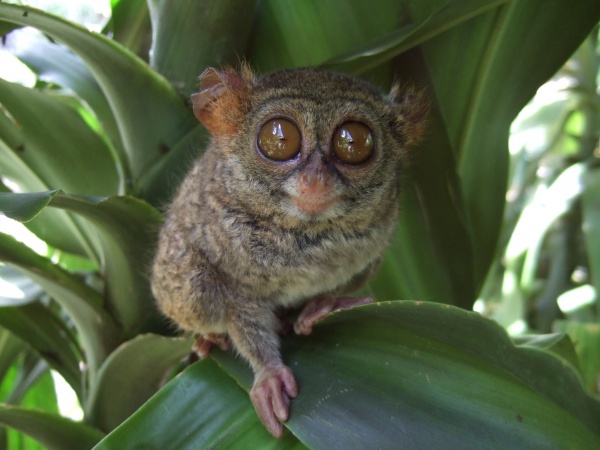Facts About Spectral tarsier
The spectral tarsier is a captivating primate species found exclusively on the island of Selayar in Indonesia. Unlike other tarsiers, this species lacks adhesive toes, making it less specialized. Tarsiers, including the spectral tarsier, belong to the suborder Haplorhini, making them surprisingly close relatives of humans and apes.
Conservation efforts are crucial for the spectral tarsier, as habitat loss has led to it being listed as vulnerable on the IUCN Red List. These small primates possess specific physical attributes, including distinct body lengths and weights. They are carnivorous and primarily consume insects. As nocturnal animals, they become active at night and exhibit various social behaviors such as grooming, scent marking, and vocalizing.
Living in groups, spectral tarsiers have distinct roles for males and females and can form monogamous or polygynous relationships. Their reproductive and parenting behaviors are quite intriguing, with territorial habits and courtship rituals involving scent marking. Spectral tarsier infants are notably precocious, often traveling independently at a young age.
Communication among these tarsiers is sophisticated. They use ultrasonic vocalizations for navigation and employ different calls for various purposes, such as warning about predators or engaging in mobbing behavior. Despite their remarkable adaptations, spectral tarsiers face threats from predators like monitor lizards and birds of prey, as well as parasites.
Ongoing studies and research continue to illuminate the behavior, ecology, and conservation needs of the spectral tarsier, helping us better understand and protect this unique primate.

 Timor Leste
Timor Leste